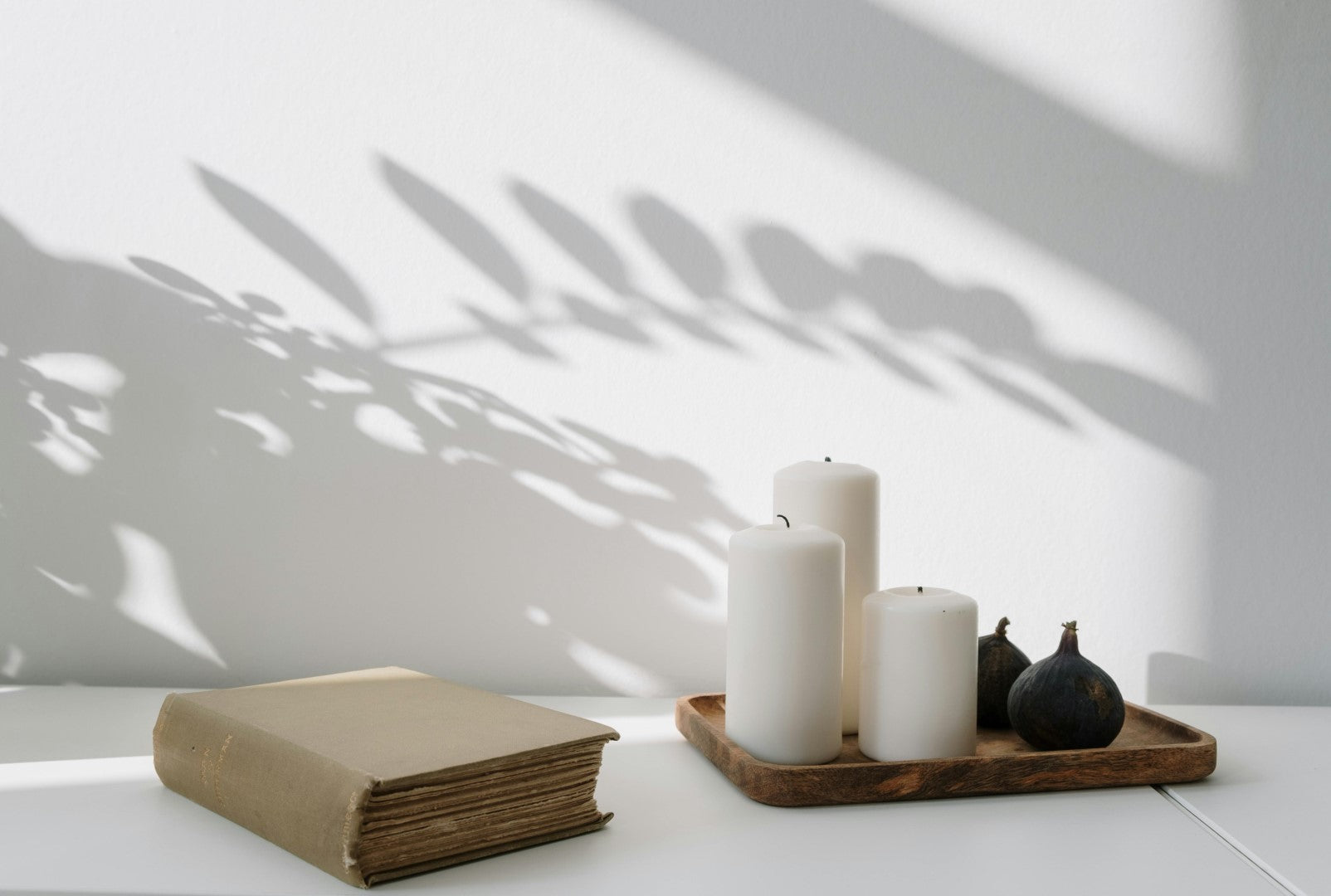
8 Safety Tips For Burning Candles
Creating a warm and inviting atmosphere with burning candles is a timeless practice. The soft glow and comforting fragrance can enhance any space. However, it's crucial to prioritize safety when incorporating candles into your home decor. By following these safety tips, you can enjoy the beauty of candlelight while minimizing potential risks. Let's explore eight essential guidelines to ensure a secure and delightful candle-burning experience.
1. Choose the Right Candle
Selecting the appropriate candle is fundamental to ensuring a safe and enjoyable burning experience. Opt for candles made from high-quality materials, such as soy or beeswax, as they tend to burn more evenly and produce less soot. Avoid candles with lead-core wicks, as these can release harmful toxins when burned. By investing in well-made candles, you not only enhance the aesthetic appecal but also mitigate potential health risks associated with inferior candle materials.

2. Use a Stable Candle Holder
The choice of a candle holder is pivotal in creating a secure environment for candle burning. Opt for a sturdy, heat-resistant candle holder that complements the size and shape of your candle. This not only prevents accidental tipping but also ensures that the candle remains firmly in place during the entire burning process. A stable holder not only enhances safety but also contributes to the overall aesthetic by providing a visually pleasing display.

3. Trim the Wick
Before igniting your candle, take a moment to trim the wick to approximately 1/4 inch. This simple yet crucial step helps prevent excessive smoke and promotes an even, controlled burn. A shorter wick also reduces the likelihood of the flame reaching too high, minimizing the risk of accidents. Regularly trimming the wick not only ensures a cleaner burn but also prolongs the life of your candle by preventing uneven wax melting. Here’s a wick guide for you.

4. Mind the Surroundings
The placement of your burning candle is of paramount importance to prevent potential hazards. Keep the candle away from flammable materials such as curtains, papers, or decorative items. Ensure that there is ample space around the candle to reduce the risk of accidental fires. By being mindful of your surroundings, you create a safer environment for candle burning, minimizing the likelihood of fire-related incidents.

5. Never Leave Unattended
One of the cardinal rules of candle safety is to never leave a burning candle unattended. Before leaving a room or going to bed, make it a habit to extinguish all candles. Unattended candles pose a significant fire risk and can lead to potentially disastrous consequences. By incorporating this precautionary measure into your routine, you prioritize safety and significantly reduce the chances of accidents occurring in your absence.

6. Avoid Drafts
Drafts can adversely affect the burning characteristics of a candle, leading to uneven burning or excessive flickering. To maintain a steady flame and reduce the risk of accidents, place candles in areas free from drafts. Be mindful of open windows, air vents, or fans that might disrupt the candle flame. By selecting draft-free locations, you ensure a consistent and controlled burn, enhancing both the safety and longevity of your candles.

7. Place Candles at a Safe Distance
When using multiple candles in one setting, it's essential to space them adequately. This prevents the heat from one candle affecting others and minimizes the risk of a fire spreading. Ensuring a safe distance between candles not only promotes even burning but also mitigates the potential hazards associated with close proximity, such as overheating and wax melting irregularities.

8. Extinguish Properly
Properly extinguishing a candle is the final crucial step in ensuring safety. Use a candle snuffer or a carefully blown breath to extinguish the flame gently. This technique helps avoid hot wax splattering and ensures that the wick is entirely extinguished. It's important to note that using water to put out a candle is not recommended, as it can lead to splattering and may damage the candle container. By mastering the art of proper extinguishing, you not only enhance safety but also preserve the integrity of your candles for future use.

As you embrace the soothing glow and aromatic ambiance of burning candles, remember that safety is paramount to fully enjoy this timeless practice. By incorporating these essential tips into your candle-burning routine, you not only create a secure environment but also enhance the overall experience. May the flickering flame bring warmth and tranquility to your space while ensuring peace of mind.





